How can we break with the power relations of the past and create a decolonial future? A look at the representation of Indigenous women in film.
Representation of women from Indigenous cultures all too often reverts to stereotypes. Women in Indigenous communities are reduced to one homogenous group, sentimentalized, objectified, or marginalized. The selected films from countries in North and South America not only depict the diversity of the many heterogeneous cultures, their independent traditions and ways of life, but also shift the focus onto the role of women in their communities – as activists and strong leaders. But have the selected films succeeded in breaking away from the stereotypes or do they unwittingly help to cultivate them? We present four specimen films with Indigenous women in major roles.
1. “How a People Live”, Lisa Jackson and Colleen Hemphill, 2013 (Canada)
Forced migration, dispossession, prohibition of their own language and confinement of children torn from their families in grotesque, brutal boarding schools. This was the experience of the peoples of the First Nation, Canada’s Indigenous population, who had to leave their territory on the Smith and Seymour Islands as well as the neighboring islands along the coast of British Columbia in 1964. The consequences of this trauma – addiction and disease – claimed the lives of countless victims. From a decolonial perspective, the Anishinaabe filmmakers Lisa Jackson and Colleen Hemphill, representatives of the Gwa’sala-Nakwaxda’xw Nation, document the personal histories of survivors of the Gwa’sala-Nakwaxda’xw First Nation, particularly the older women.
In a compilation comprising interviews with the surviving witnesses of resettlement and selected historical archive material, director Lisa Jackson documents the journey taken by the Gwa’sala-Nakwaxda’xw family of Grace, Vanessa, Christina and their children, who travel in a boat back to their homeland for the first time and share their stories and the associated trauma, loss and consequences that migrated with them. The open, personal recollections of their own Indigenous way of life, which break with the brutal consequences of the colonial past, are immediately moving. Particularly impressive are the surviving women, who inspire their daughters and granddaughters through reencounters with their traditions, who connect themselves with the origins of their people, with their traditions, with dance and song, with the knowledge of flora and fauna. It is from this cohesion that the daughters and their own children forge their identity, their pride, and the strength of the community to heal itself.
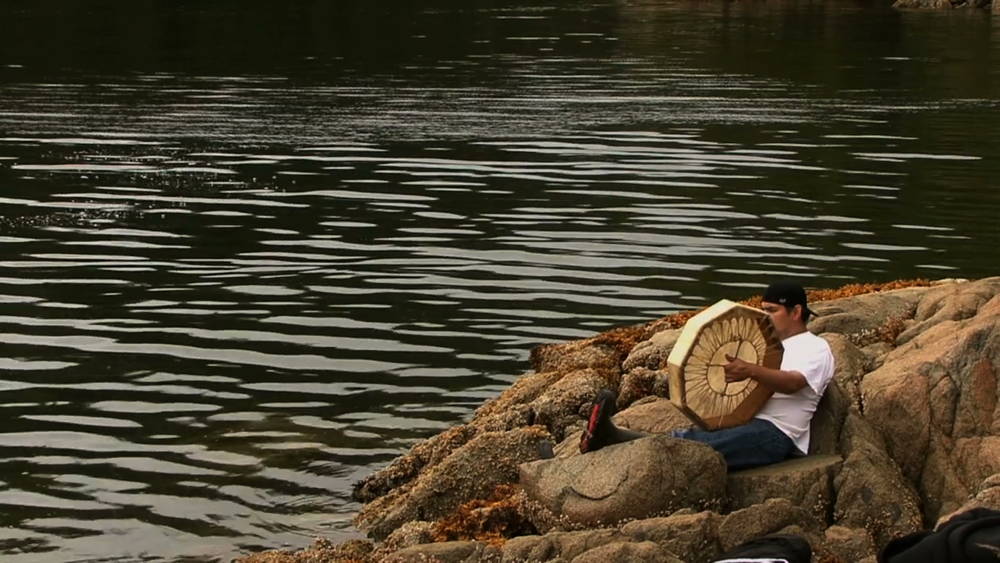
2. “Roma”, Alfonso Cuaron, 2018 (Mexico)
The Oscar-winning drama “Roma” is a striking portrait of colonial structures in Mexican society, dominated by the white patriarchy, marked by social inequality, and torn apart by paramilitary groups. It shows with particular clarity how colonialism persists in the two-class society with its divisions between Indigenous groups and the descendants of the Spanish colonizers, and this is manifested especially clearly in the domestic service sector in big cities. This forms the setting for protagonist Cleo, who is played by the Mixtec actress Yalitza Aparicio. Cleo – an Indigena – works in the affluent district of Roma as a domestic maid and nanny in the house of doctor Antonio, his wife Sofia and their three children. Cleo’s everyday life is portrayed in snapshots – be it as a close-up while she cleans the tiled entrance of dog excrement, while she does the laundry on the roof of the house in a panning long shot, or during her tragic breakup with paramilitary fighter Fermín on the outskirts of Mexico City.
When a pregnant Cleo is abandoned by Fermín, Sofia’s life also takes a tragic turn: Antonio decides to leave his family. At this point, the film opens up emotional parallels between Cleo and Sofia – both women left by men – and begins to chafe at the stereotype of the Indigenous and marginalized housekeeper. The two women become closer; Sofia supports Cleo in her pregnancy and invites her to join them on the family holiday. In an almost glorified, romanticized depiction, director Alfonso Cuarón attempts a graceful portrait of the women in Mexican society. The question of whether this portrait breaks with or serves the stereotype is a guiding one for the viewer, since the framing, alternating between closeness and distance, almost detracts from the terrible discrimination of Indigenous peoples. With much to process on various political and social levels, “Roma” nevertheless brings together the themes of discrimination, dispossession of Indigenous farmers, and marginalization of Indigenous women in timeless, powerful black and white images.
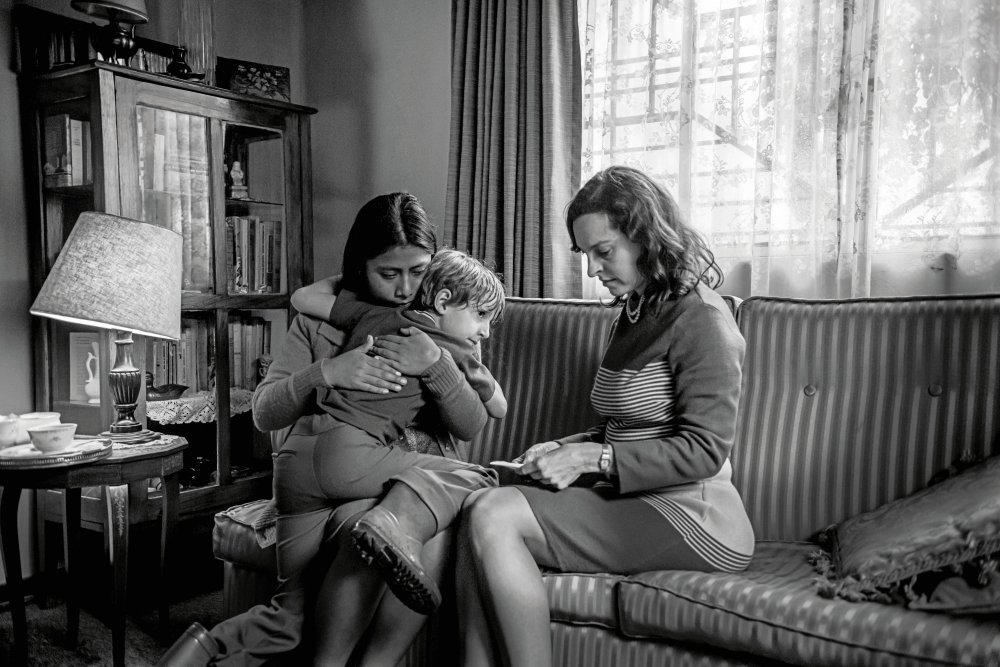
Alfonso Cuaron, Roma, 2018 (Filsmstill), Image via www2.bfi.org.uk
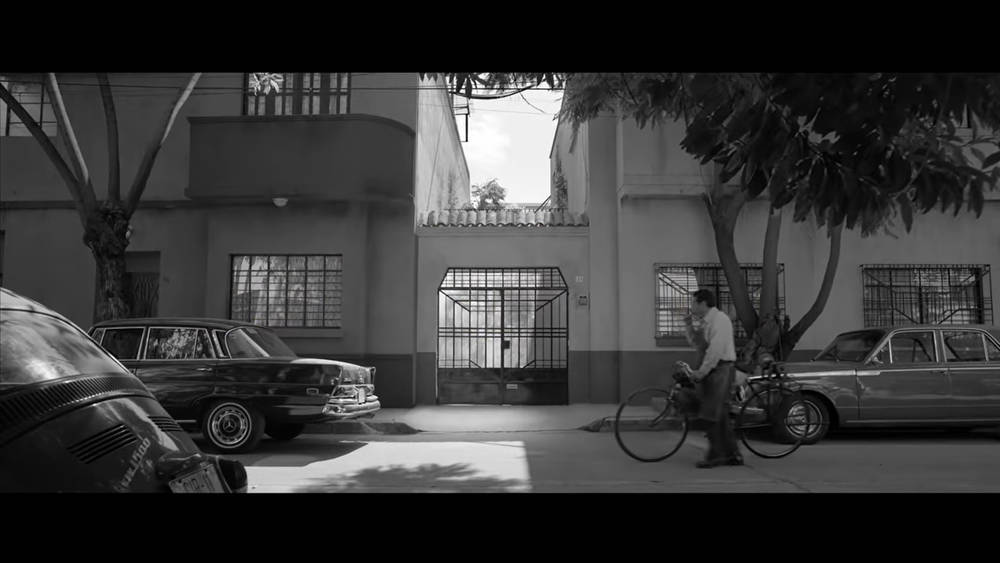
3. “Birds of Passage”, Cristina Gallego und Ciro Guerra, 2018 (Columbia)
The film by director couple Cristina Gallego and Ciro Guerra tells the story of an extended Wayúu family that gets involved in the drug trade during the 1970s. In keeping with the matrilineal family tradition of the Wayúu tribe from northern Columbia, it is protagonist Ursula – played by Carmiña Martínez, whose grandmother on her mother’s side was Wayúu – who decides on the social nature of her children and her line. Her demand for a high dowry from Rapayet, who has asked to marry her daughter Zaida, is the catalyst for Rapayet’s involvement in the illegal marijuana trade.
This triggers a fatal chain reaction that ultimately causes a brutal break with traditional ways of life for the couple. Unlike Rapayet and Zaida, Ursula does not succumb to the lust for wealth and glory, but remains true to her traditional way of life. In birdsong, she hears of the danger of the money coming into her family and tries to warn them about the imminent misfortune. In a mix of nightmarish drug-trade melodrama and romantic crime story, the film brings together mythological natural imagery and intoxicating, surreal compositions with bewitching songs in Wayuunaiki – magical realism as a frenzy of images. A parable critical of capitalism, telling of greed, and how the insatiable desire for one’s own glory sweeps like a sandstorm over culture and tradition.
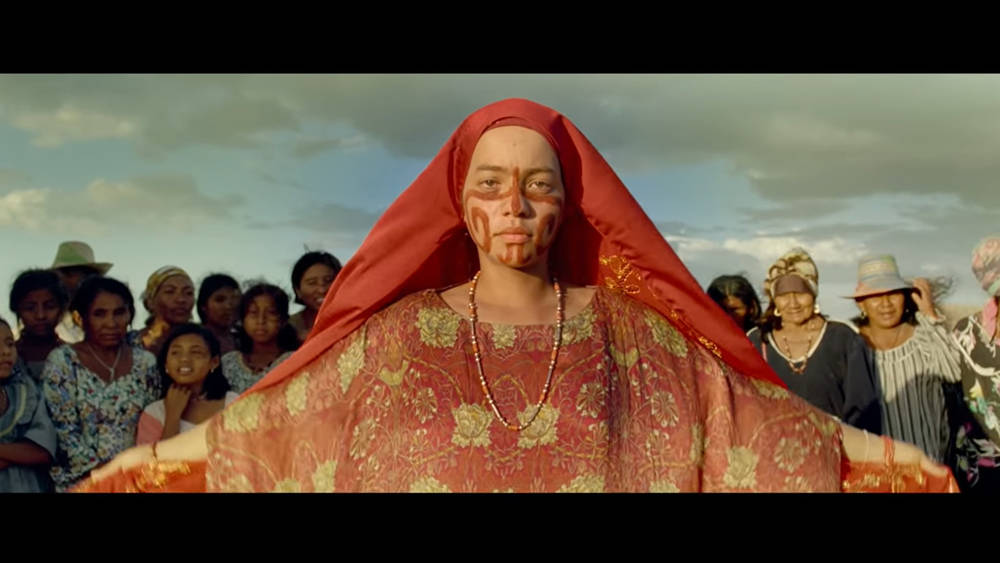
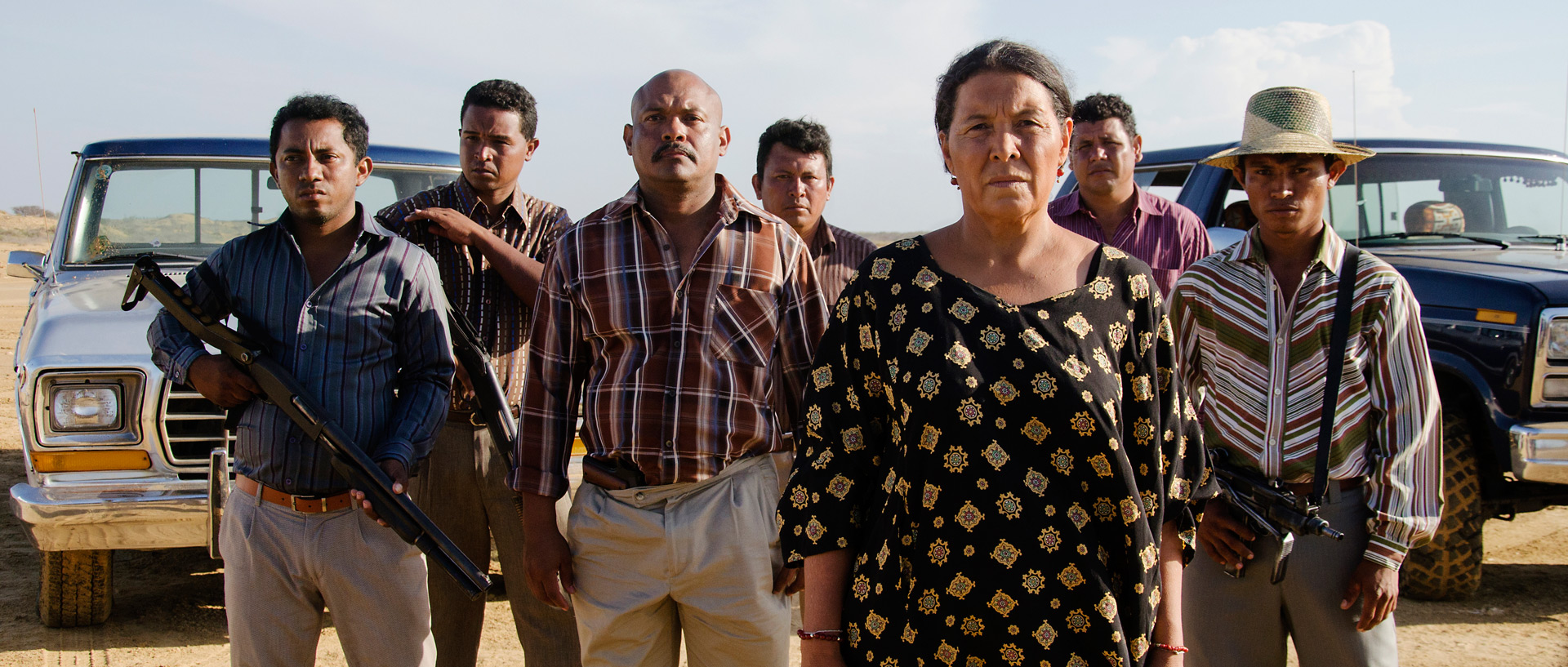
Birds of Passage (Filmstill) © 2018 Ciudad Lunar, Blond Indian, Mateo Contreras, Image via www.mfa-film.de
4. “Lupita”, Monica Wise, 2020 (Mexico)
“Zapata lives on, and so does the fight,” cries the crowd of people that has gathered around Lupita. The young woman is a survivor of the Tsotsil Maya massacre in Acteal in 1997, when 45 people in an Indigenous community lost their lives in a brutal attack. In the spirit of the leader of the Mexican revolution, Emiliano Zapata, Lupita and her activist-feminist Las Abejas group call for the autonomy of Indigenous peoples, their sovereign rights and the right to their own land.
The short documentary portrays Lupita on her journey right across the country for her work as an activist. This documentary by Columbian-American director Monica Wise impressively depicts Lupita’s struggle for her human rights, fed by grief over the loss of lives and homeland and giving rise to an inexorably graceful fearlessness and readiness to take risks. With this, Lupita confronts the government and the military and becomes the spokesperson for a Mexican Indigenous movement led by women.
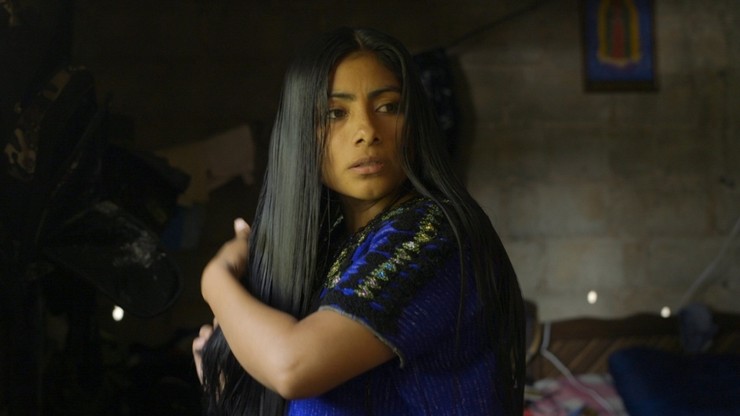
Monica Wise, Lupita, 2020 (Filmstill), Image via mubi.com
OPEN AIR EXHIBITION
CAROLINE MONNET. TRANSATLANTIC
Caroline Monnet’s immersive installation is on view in the Rotunda, which is open to the public!









